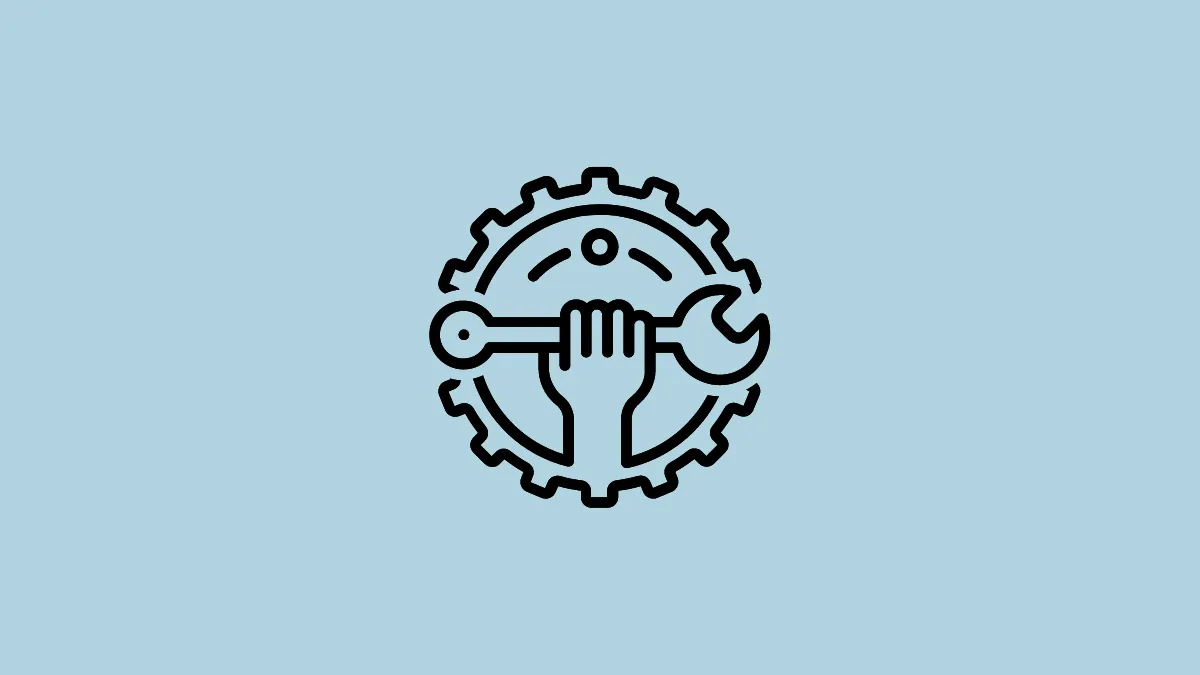- The DCP Watchdog Violation error is often caused by faulty hardware, incorrect drivers, or certain software.
- You should first check your hardware components and ensure they are all properly installed.
- Then you can try configuring the IDE ATA/ATAPI controller, updating your SSD drivers, performing DISM and SFC scans, and removing recently installed programs.
- You can also use System Restore to go back to when the problem was not present if you have a restore point set up.
Fix 1: Check your system hardware
The 'DPC Watchdog Violation' error can sometimes occur due to problems with your hardware. It could be an unseated RAM module or a drive may have become dislocated, or something as small as a loose cable. You should open up your computer case and check that all hardware components are fixed properly where they need to be.
If you are familiar with the different components, you can take them out and reinstall them properly. Otherwise, you can take the help of someone with knowledge in the area. Additionally, when you open your computer case, you should clean up the internals, as dust can accumulate over time and affect your computer's functioning. Use compressed air to clean up the fans and other components and get rid of the dust.
Fix 2: Disconnect all external devices and peripherals
If reseating your internal hardware components does not work, try disconnecting all external devices and peripherals. This can help get rid of any hardware conflicts between your computer and various devices like scanners, printers, solid-state drives, hard drives, etc. Once you've disconnected all external devices, reboot your PC.
In case the 'DPC Watchdog Violation' error does not appear, try connecting one device at a time until the error appears. This will help you identify which device is causing the problem.
Fix 3: Configure the IDE ATA/ATAPI controller
Another solution that can help solve the 'DPC Watchdog Violation' error involves configuring your IDE ATA/ATAPI controller.
- Right-click on the Start button on the taskbar and then click on 'Device Manager'.
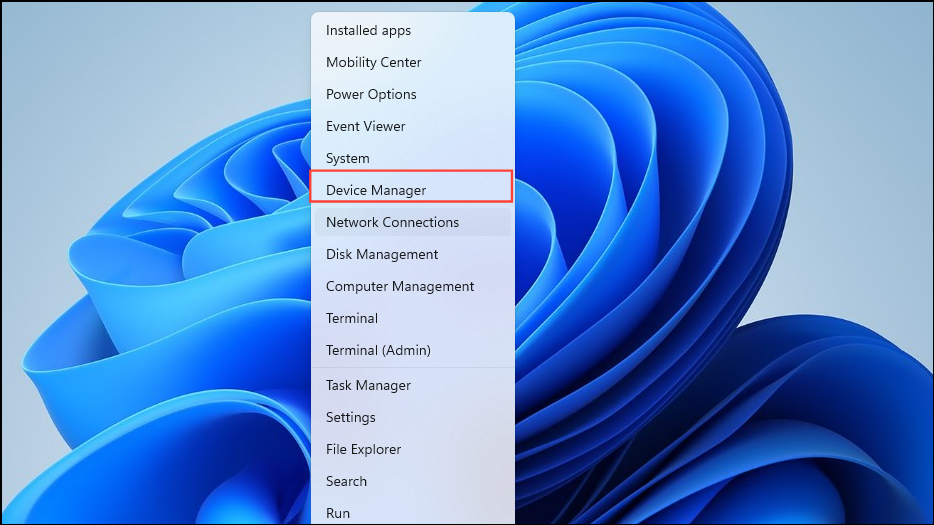
- In the Device Manager, click on IDE ATA/ATAPI Controllers, then right-click on 'Standard SATA AHCI Controller' before clicking on 'Properties'.
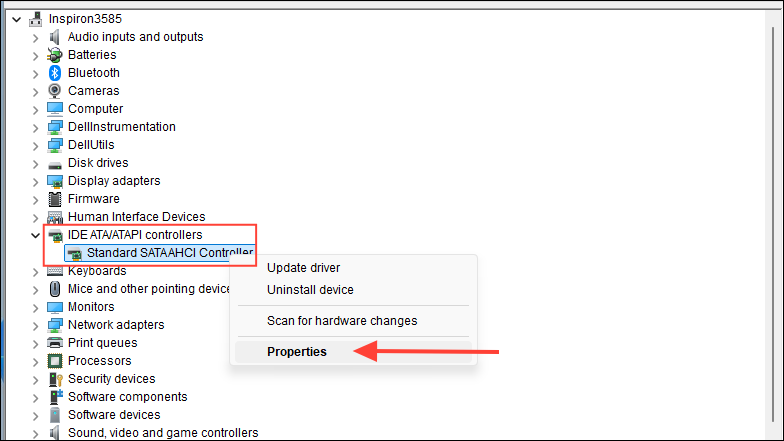
- In the Properties window, click on the 'Driver' and then on 'Driver Details'.
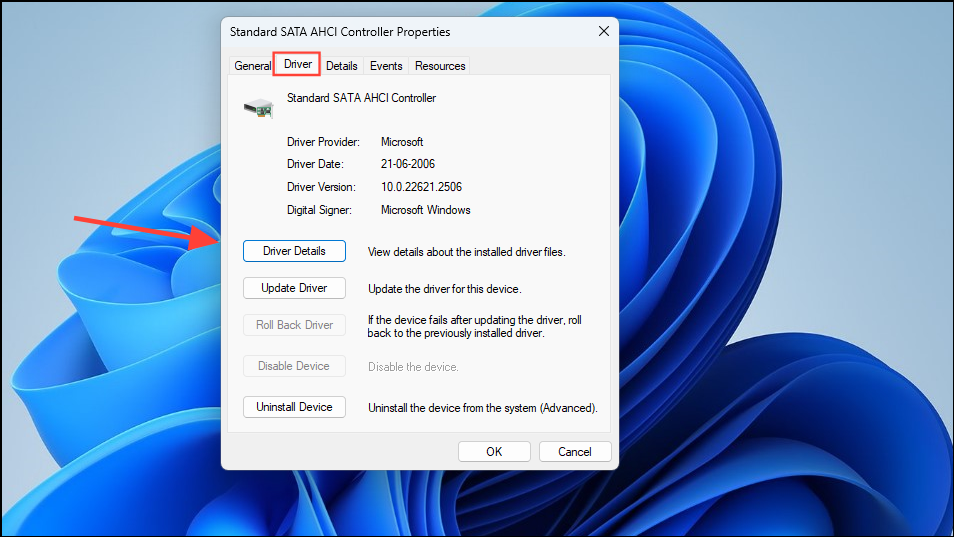
- Check that the selected driver is
iastorA.sys. Ifstorachci.sysis visible, close the dialog box and click on the 'Update Driver' button.

- You can choose to search for the latest driver online or on your PC. Wait until the driver is installed, then restart your computer.

Fix 4: Perform a system health check
In case you've determined that the problem is not hardware-related, the next step is to perform a system health check. You can do so using third-party tools, and there are several options you can choose from. Look for a tool like Speccy, which even has a free version and lets you check various metrics, like voltages, operating temperatures, core speeds, and more.
If you find a component not working as it should, which can be determined by checking if its temperature values are beyond the expected range, you can check it and get it replaced if necessary.
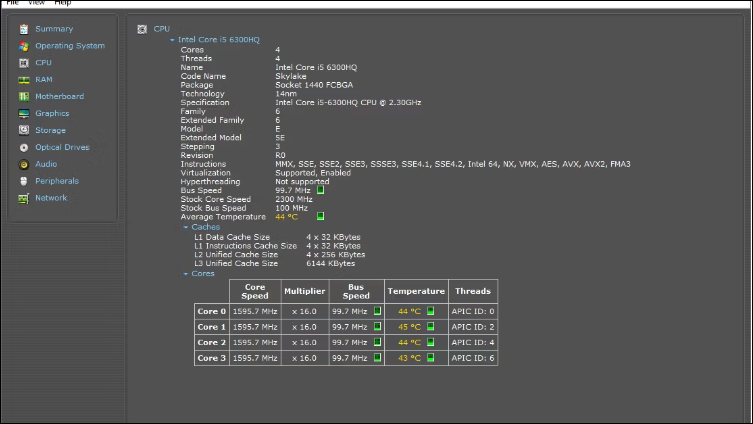
Fix 5: Perform DISM, SFC, and CHKDSK scans
Windows System File Check (SFC) is a utility that can scan for errors on your system and try to fix them while Deployment Image Servicing and Management (DISM) ensures that it works properly.
- Open the Start menu, type
cmd, and click on 'Run as administrator'.
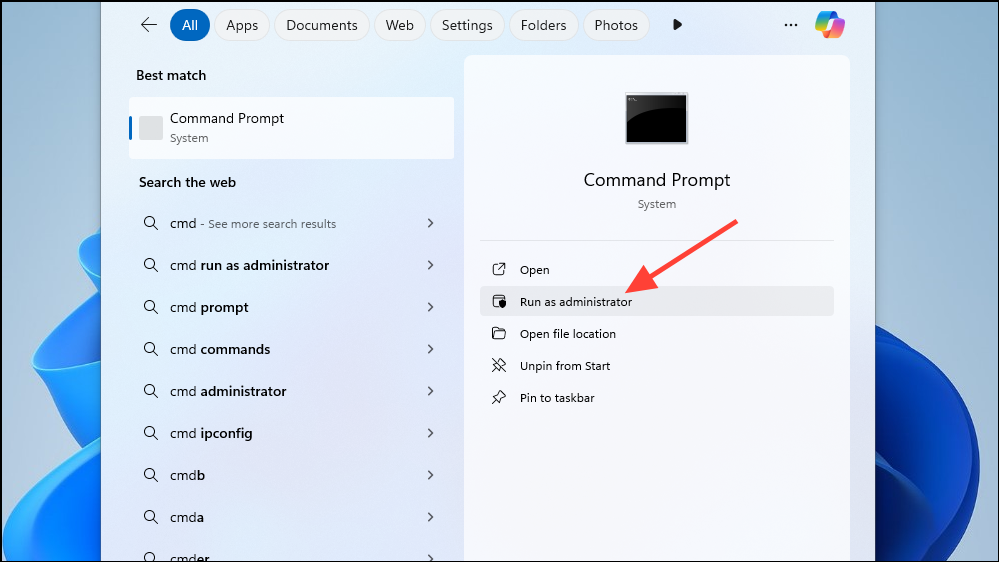
- When the command prompt window opens, type
DISM /online /cleanup-image /restorehealthand press the 'Enter' key.
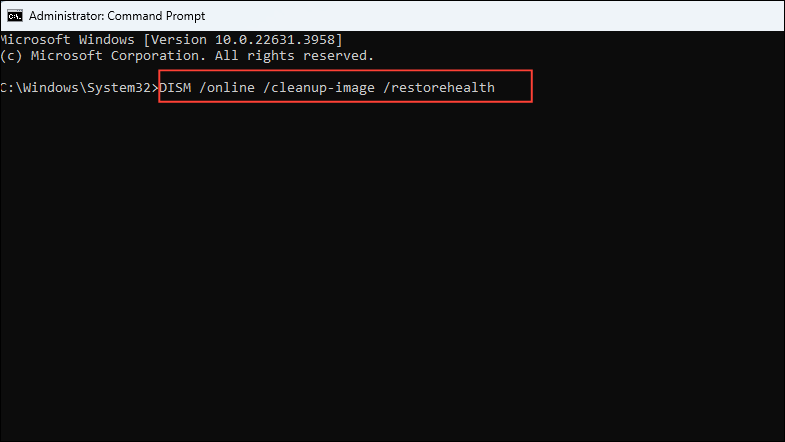
- Depending on your system, the command can take time to complete. Once it does, type
sfc /scannowand press Enter again.
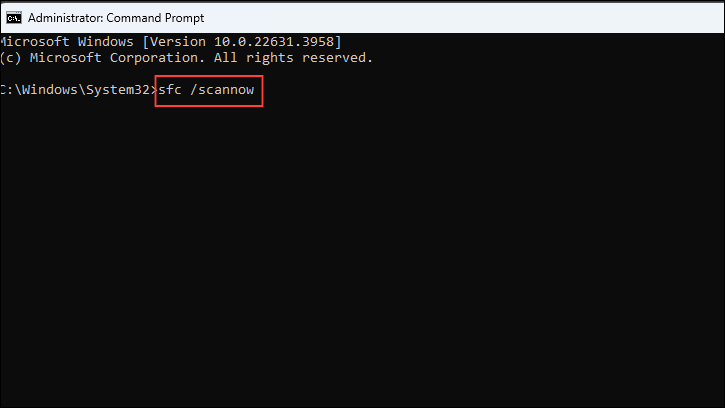
- Wait for the scan to finish, then type
chkdsk /rand press the 'Enter' key.

Fix 6: Update your SSDs
Modern machines rely on Solid State Drives (SSDs) instead of or in addition to traditional hard disk drives. Usually, Windows automatically updates their drivers to ensure they perform as well as they should, but in case some updates are missing, your SSDs can experience problems. So, you should check for driver updates manually and install them if updates are available.
- Open the Settings app and click on 'Windows Update' on the left.

- On the Windows Update page, click on 'Update History' to view all recent updates, including driver updates.
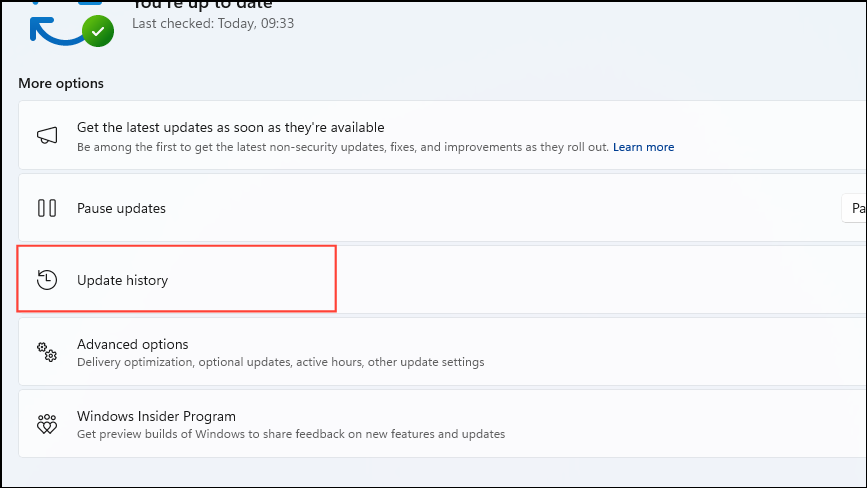
- If you don't see any updates for your SSDs on the Windows Update page, open the Device Manager as explained above. Then, click on the 'Disk drives' section.
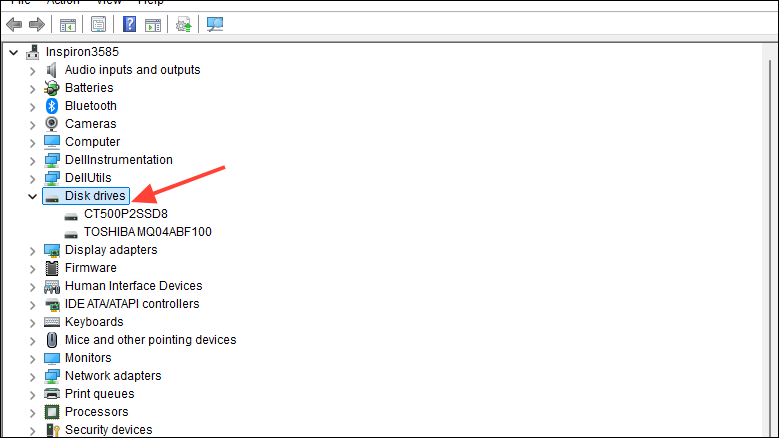
- Right-click on your SSD driver and then click on the 'Update Driver' button.

- On the page that appears, click on 'Search automatically for drivers'. Wait until Windows completes its search. If any driver update is available, it will automatically install it. Once the update is installed, reboot your PC.

- Check for updates for all your storage devices in the same manner to ensure they are all using the latest drivers available.
Fix 7: Remove problematic programs
You may have been seeing the 'DCP Watchdog Violation' error after installing a new program. In such a situation, the best solution is to remove that software and check if that solves the issue.
- Open the Settings page and click on 'Apps' on the left.
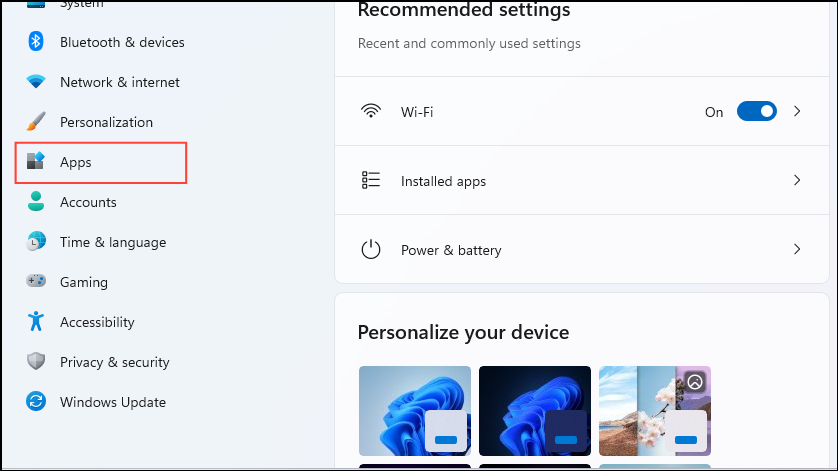
- On the Apps page, click on 'Installed Apps'.
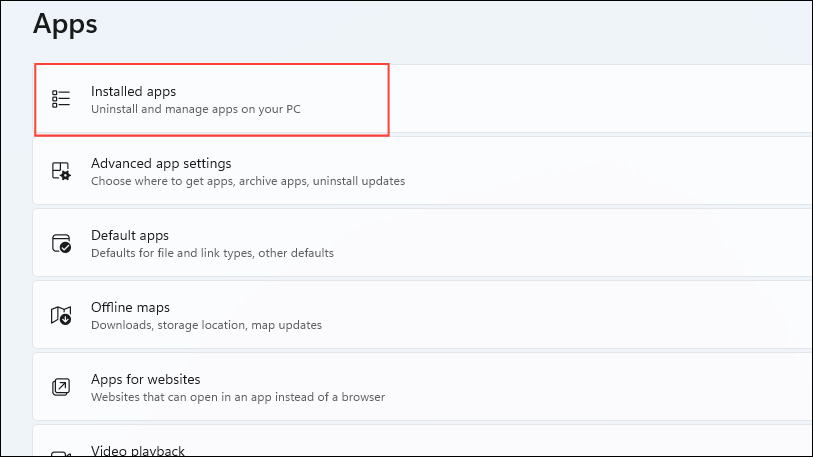
- Click on the three dots on the right side of the app you want to remove and then click on 'Uninstall'. Reboot your PC after uninstalling the program and then check whether the issue persists.

Fix 8: Perform a system restore
A system restore reverts your PC to an earlier state when the 'DCP Watchdog Violation' error was not present. Keep in mind that you should have set up a restore point earlier for this solution to work.
- Open the Start menu, type
system restore, and click on 'Recovery'.
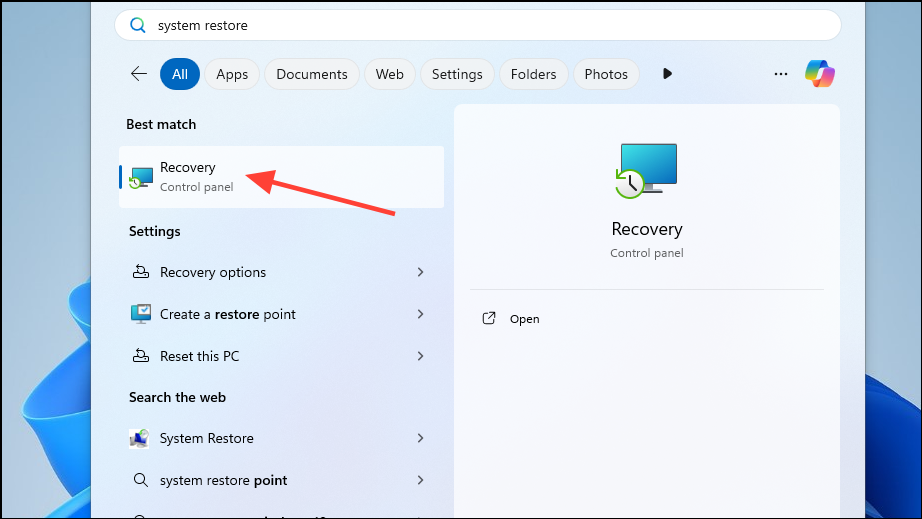
- In the Control Panel page that opens, click on 'Open System Restore'.

- When the System Restore utility opens, click on the 'Next' button.
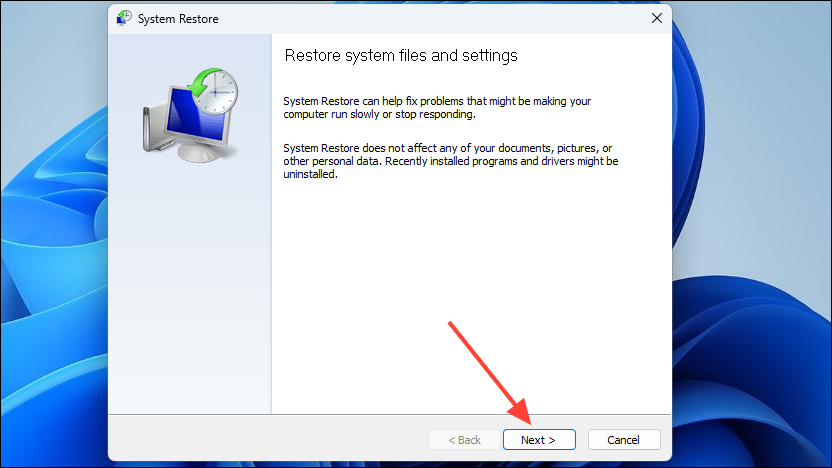
- You will see a list of the restore points you've created. Select one by clicking on it and then click on the 'Next' button.

- Finally, click on the 'Finish' button. Your PC will restart and go back to the time you created the restore point.
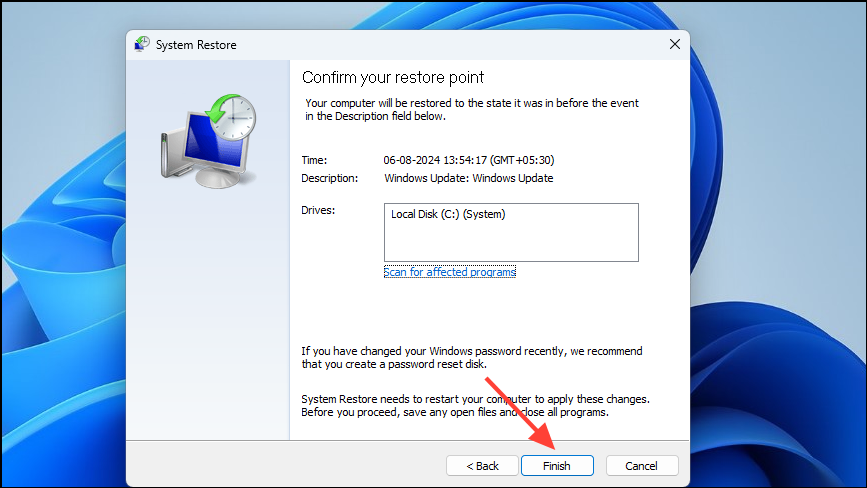
Things to know
- Windows Event Viewer may help you identify the cause of the 'DCP Watchdog Violation' error, helping you know which solution would be ideal. You can right-click on the Start button and launch Event Viewer from the pop-up menu.
- You may also need to update other device drivers on your system using the Device Manager to fix the error.
- Additionally, check that your software is compatible with the hardware you have. Using incompatible software can often lead to various issues, including the 'DCP Watchdog Violation' error.
- In many cases, the error is related to hardware issues, so you should get components like your RAM checked and replaced if necessary.
- If all else fails, you may have to reset your PC. This will remove all your installed applications and programs and restore all settings to their defaults.

